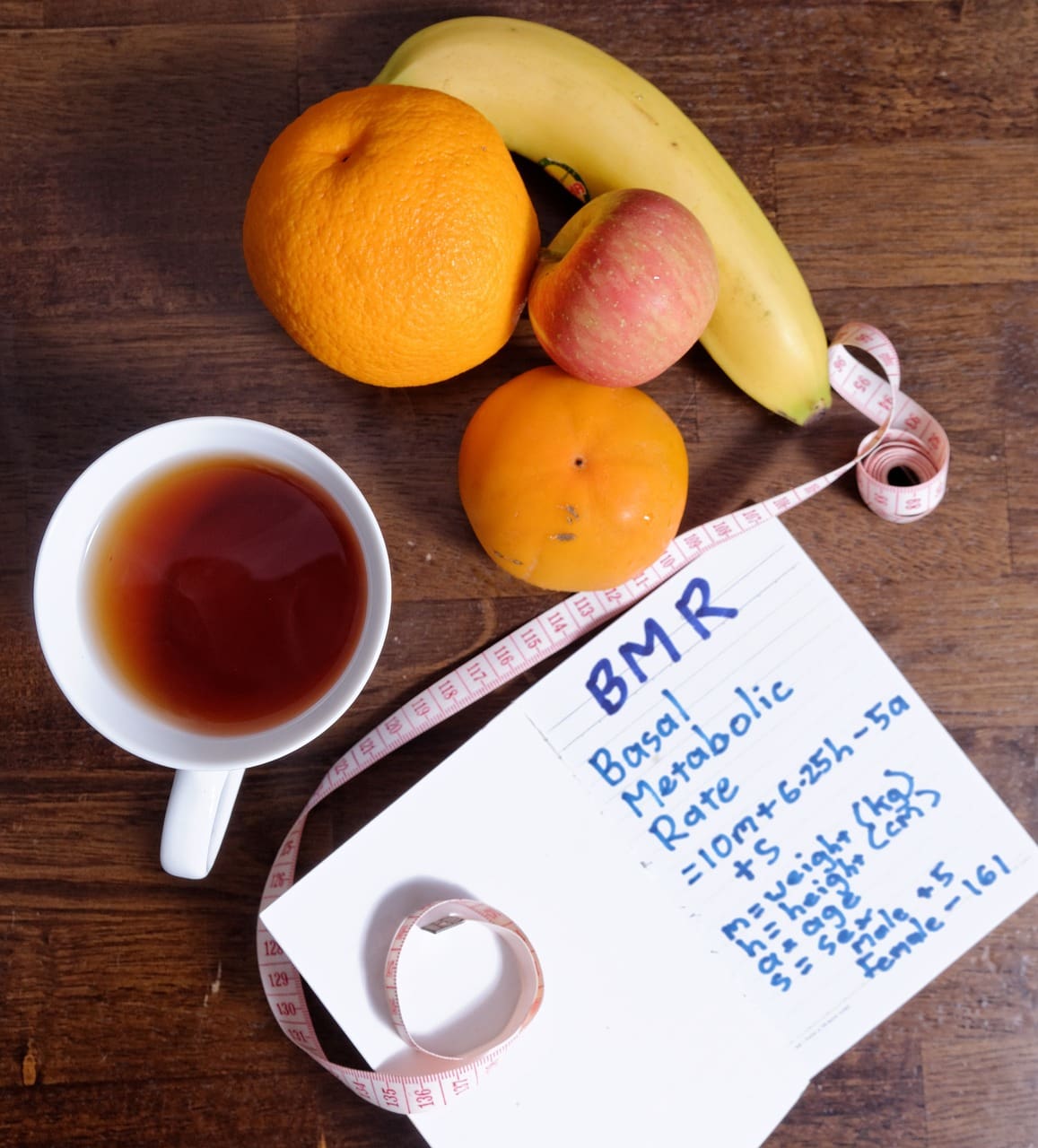BMR and RMR stand for basal and resting metabolic rates, respectively, and are occasionally used interchangeably. The body’s metabolism exercise, or any form of movement that increases the metabolic rate, is known as BMR.
Key Takeaways
- Basal metabolic rate (BMR) measures the calories the body needs to maintain basic functions at rest. The resting metabolic rate (RMR) estimates the daily energy expenditure at rest, including digestion and other non-exercise activities.
- BMR is assessed under strict conditions, including an overnight fast and complete physical and mental rest, while RMR measurements are more flexible, making them more practical for everyday use.
- Both BMR and RMR can provide valuable insights into an individual’s metabolism and help tailor dietary and exercise plans to achieve weight management goals.
BMR vs RMR
BMR (Basal Metabolic Rate) measures the minimum energy required to maintain vital body functions, such as heart rate and breathing, while in a fasting state. RMR (Resting Metabolic Rate) measures the energy used at rest under more relaxed conditions, such as limited physical activity.

Your BMR is also referred to as your body’s metabolic rate, and it refers to any form of movement that raises your metabolic rate. The primary purpose of the basal metabolic rate is to keep the body’s key organs functioning effectively.
However, just because the number is higher or lower than the average does not mean your RMR is abnormal. Any number of factors can influence the RMR; these factors do not drastically change the metabolic rate, but they can alter the result and reading.
Comparison Table
| Parameters of Comparison | BMR | RMR |
|---|---|---|
| Full form | BMR stands for Basal Metabolic Rate. | RMR stands for Resting Metabolic Rate. |
| Testing | BMR does not require a dedicated testing facility. | RMR does require a dedicated testing facility. |
| measures | BMR measurements are carried out under more stringent settings. | RMR measurements are carried out under less stringent settings. |
| Energy | BMR measures the amount of energy in calories. | RMR measures the amount of energy in calories. |
| Expenses | The expense of a BMR evaluation is high. | The expense of a RMR evaluation is low. |
What is BMR?
Basal metabolic rate, known as BMR, is the number of calories your body burns to keep vital functions like your heart beating and blood flowing through your veins running smoothly.
Your basal metabolic rate (BMR) is the number of calories you burn during the test.
Your BMR is also known as your body’s metabolism exercise or any movement that will increase your metabolic rate and is based on your height, weight, sex, and activity level.
When you’re breathing or awake, those functions must always be active. It’s also good for your skin and skeletal muscle. These are particularly crucial because your base rate varies a lot from person to person.

What is RMR?
The number of calories consumed when eating and performing light activities is considered RMR. Resting metabolic rate or RMR is always slightly higher than your BMR.
The device is significant because it calculates your resting metabolic rate, which is the rate at which you burn calories when you are not working. Calories are burned by resting through normal physiological activities such as breathing and heartbeat.
When you’re sick, you’ll have a resting metabolism, which includes food digestion. Your resting metabolism increases as you age because your body uses more calories while your immune system works harder and your temperature rises.
Main Differences between BMR and RMR
- BMR is determined by height, weight, sex, and amount of exercise, whereas RMR is the number of calories burned while undertaking light activities.
- The average BMR rate for women is around 1400 calories per day. The average RMR for men is over 1,600 calories.

- ://link.springer.com/content/pdf/10.1007/BF00341339.pdf
- https://academic.oup.com/ajcn/article-abstract/48/3/552/4716512

There are key differences listed between BMR and RMR, which is very helpful, especially for people who are diving into the world of fitness and health.
The article’s conclusion about how BMR and RMR can assist in the development of individualized exercise and diet plans is spot on. Very valuable information
It is great to know the difference between BMR and RMR, and how they contribute to the body’s metabolism. It is a very educational article.
Very informative content, it is key to understand the variances between BMR and RMR and to make tailored fitness and diet plans
The article makes a great point about the different circumstances in which BMR and RMR are assessed, and how it affects practical applications.
Although the numbers for BMR and RMR vary, the article emphasizes that it doesn’t necessarily indicate abnormality, which is reassuring.